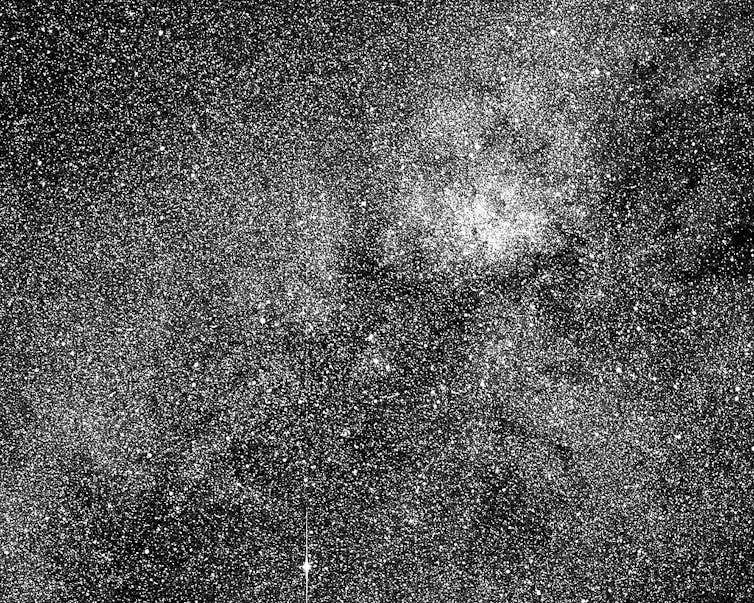 |
| Bennett Wales & The Relief - "Hey Otto" (screengrab) |
Bennett Wales & The Relief (BW&TR) announced the release of the first of 10 singles slated for this year. "Hey Otto" is a visceral rock-and-roll lament for the detainment, torture and death of Otto Warmbier, amidst a widely publicized 2016 North Korean media spectacle and cover up. Echoing the best efforts of time-honored protest troubadours like Dylan or Marley, the new single harbingers the release of BW&TR's sophomore collection, "Album II."
"Otto's story is one that we just had to tell," said BW&TR. "Like most of the country at the time, we were stunned by his treatment at the hands of the vicious, dictatorial regime in North Korea – all for the relatively tiny crime of a simple poster vandalism. He was brutalized by North Korean officials, then sent home in a vegetative coma from which he later died. And to make matters worse for his family, the POTUS sided with the official North Korean cover story. It's the kind of gut-wrenching tale you just can't make up, and exactly the sort of story that needs to be told right now about what's still going on in the world.""Hey Otto" is one of the featured singles from BW&TR's much anticipated new record title: "Album II." Other songs on the upcoming album include "I Got Bills" and "Wolfstep." The first talks about trying to keep one's head above water in a world that is continually growing more expensive; while "Wolfstep" is a melodic musical howl marking the need to remain steadfastly and aggressively dedicated to one's goals.
The Video:
- BW&TR is currently planning an intensive 2020 tour in Virginia and the greater East Coast, with specific date announcements forthcoming. For news on the upcoming tour, album, new singles and other info, follow Bennett Wales & The Relief on social media and Spotify: Facebook, YouTube, Instagram, Spotify.
About Bennett Wales & The Release:
BW&TR is the unique rock-and-roll creation of a group of five musicians who came together after gaining prominence playing in and around the Tidewater region of Virginia. BW&TR features the musical talents of Mike Fischetti (bass), Caleb Little (keys), Brock Bittner (guitar), Drew Orton (drums) and Bennett Wales (vocals/guitar). Their debut album, "Flood Without Water," personifies their heart-thumping, kick-down-the-door musical approach. |
| Bennett Wales & The Relief |
SOURCE: Bennett Wales & The Relief







































